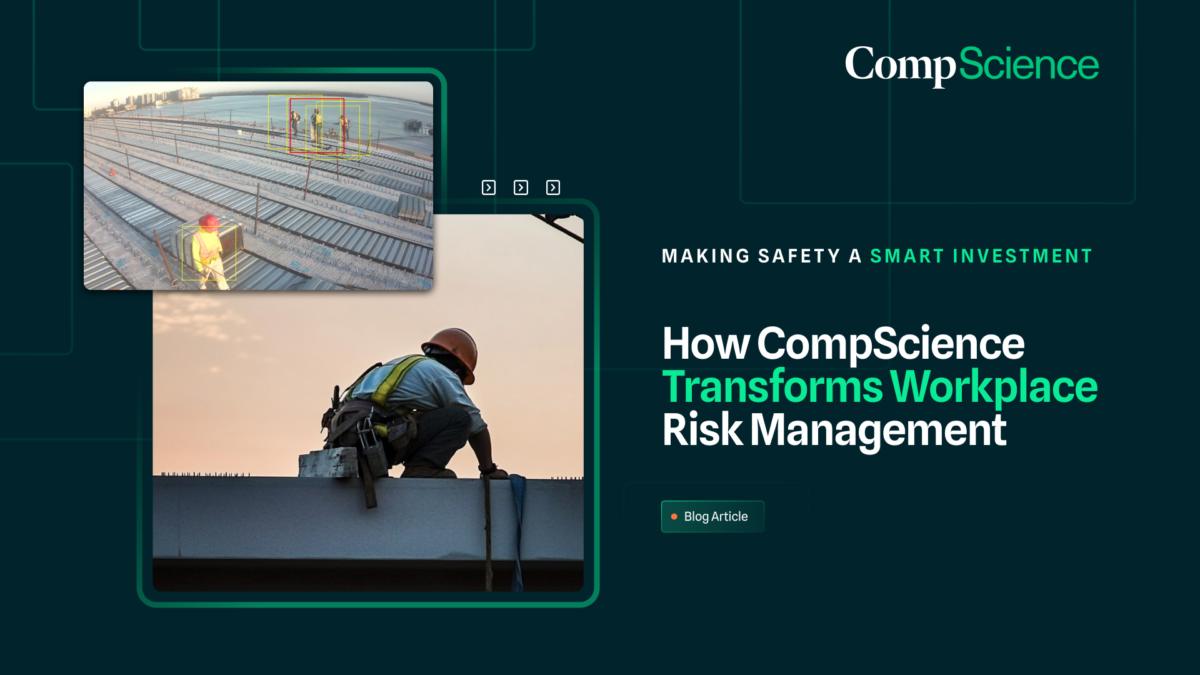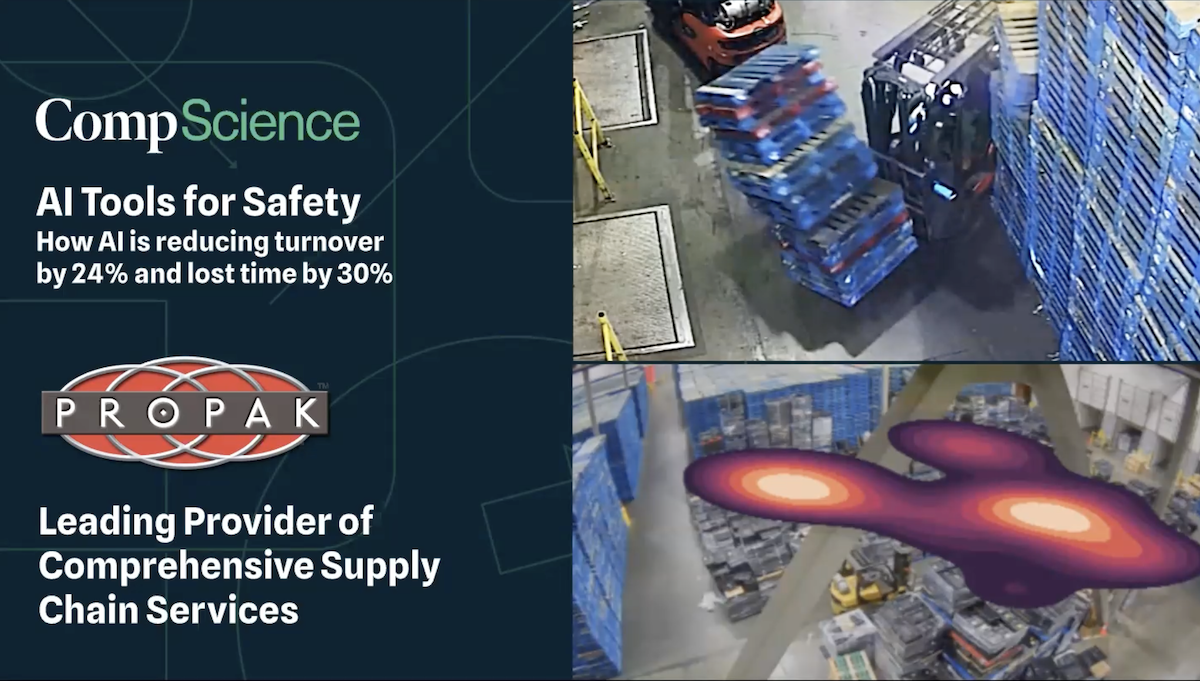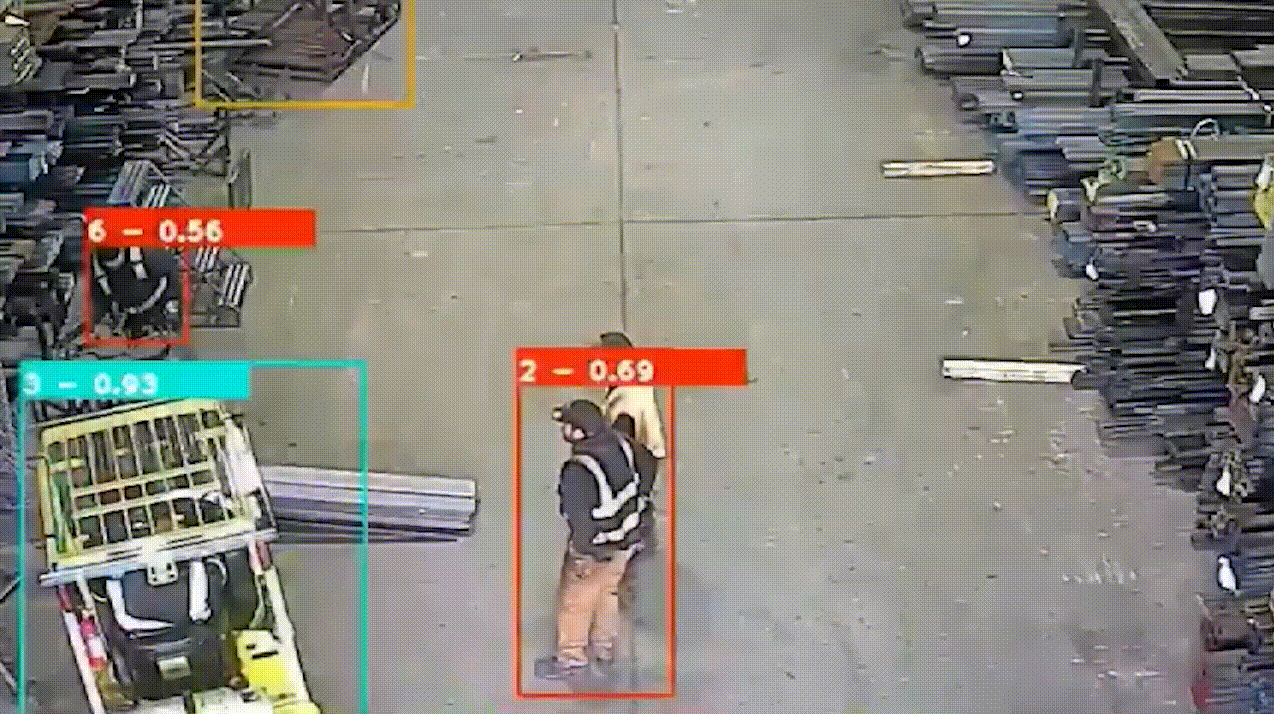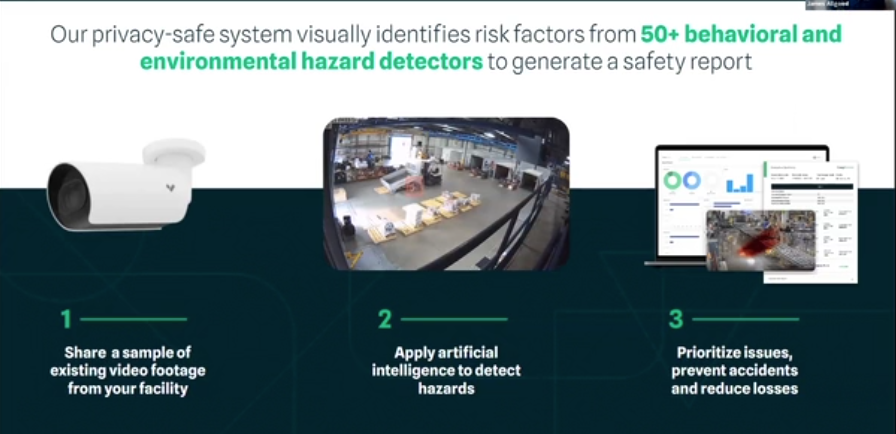Insight, Workers' Comp, Workplace Safety
Making Safety a Smart Investment

How CompScience Transforms Workplace Risk Management
Workplace safety goes beyond compliance. It is essential for business continuity, operational efficiency, and protecting your most valuable asset: your workforce. Yet, for many companies, safety improvements remain an afterthought, seen as an expense rather than an investment. The reality? Poor ergonomics and workplace injuries result in direct costs, such as workers’ compensation claims. They also create hidden financial drains. These include lost productivity, absenteeism, and employee turnover.
The True Cost of Workplace Injuries
Musculoskeletal disorders (MSDs) alone account for nearly one-third of all workers’ compensation claims, costing U.S. businesses over $20 billion annually in direct expenses. But the indirect costs—such as lost workdays, reduced employee engagement, and increased insurance premiums—are often four to five times higher than the direct expenses.
Consider the ripple effects of a single workplace injury:
✅ A worker is out on leave, reducing team efficiency.
✅ Overtime or temporary hires are needed to cover shifts.
✅ Deadlines are missed, impacting customer satisfaction.
✅ Insurance costs increase due to frequent claims.
✅ Employee morale drops in an unsafe work environment.
For companies operating on tight margins, these hidden costs can quickly erode profitability. Research indicates that for every $1 invested in ergonomics, a return of $4 to $6 can be achieved. This return comes from injury prevention, increased productivity, and lower insurance costs.
Turning Workplace Safety into a Measurable Business Strategy
CompScience is revolutionizing workplace safety with AI-powered risk detection, transforming safety from a reactive compliance measure into a proactive business strategy. Our technology helps businesses quantify risk, justify safety investments, and drive measurable improvements in workplace conditions.
Here’s how:
🔹 AI-Driven Hazard Detection – Our system analyzes workplace footage in real-time to identify high-risk movements, such as improper lifting, repetitive strain, or unsafe postures, allowing businesses to take action before injuries occur.
🔹 Predictive Analytics – By evaluating injury data, workplace conditions, and employee behavior patterns, we provide risk scores that help prioritize safety interventions where they’re needed most.
🔹 Automated Safety Recommendations – Our platform suggests cost-effective improvements, from workstation adjustments to optimized workflows, ensuring ergonomic investments translate into real-world safety gains.
🔹 Operational & Financial Impact Tracking – We don’t just identify risks—we help you track reductions in injury rates, lost workdays, and insurance claims, making it easy to demonstrate the ROI of safety investments to stakeholders.
Shifting the Mindset: From Expense to Competitive Advantage
For too long, businesses have viewed workplace safety as just a compliance checklist. They see it as something they “have to do” instead of recognizing its role in driving business success. With the right tools, safety becomes a competitive advantage:
✅ Lower Workers’ Comp Costs – Reducing claims leads to lower premiums and fewer lost-time incidents.
✅ Increased Productivity – Healthy employees work more efficiently, improving output and operational stability.
✅ Improved Talent Retention – Employees value workplaces that prioritize their well-being, reducing turnover and training costs.
✅ Stronger Business Reputation – Companies with better safety records attract top talent and win more contracts.
The Future of Workplace Safety
As industries embrace digital transformation, AI-powered safety solutions are reshaping how we think about risk management. Future advancements in customized safety training will enhance our capacity to identify workplace hazards. Automated OSHA compliance will streamline our processes. Additionally, behavior-based incentives will encourage safer practices. Together, these improvements will help us prevent costly incidents before they occur.
A Smarter Approach to Safety Starts Now
The question isn’t whether you can afford to invest in workplace safety—it’s whether you can afford not to. With CompScience, businesses can finally make safety a measurable, justifiable budget priority and shift from reactive problem-solving to proactive injury prevention.
Want to see how data-driven safety can transform your workplace?









